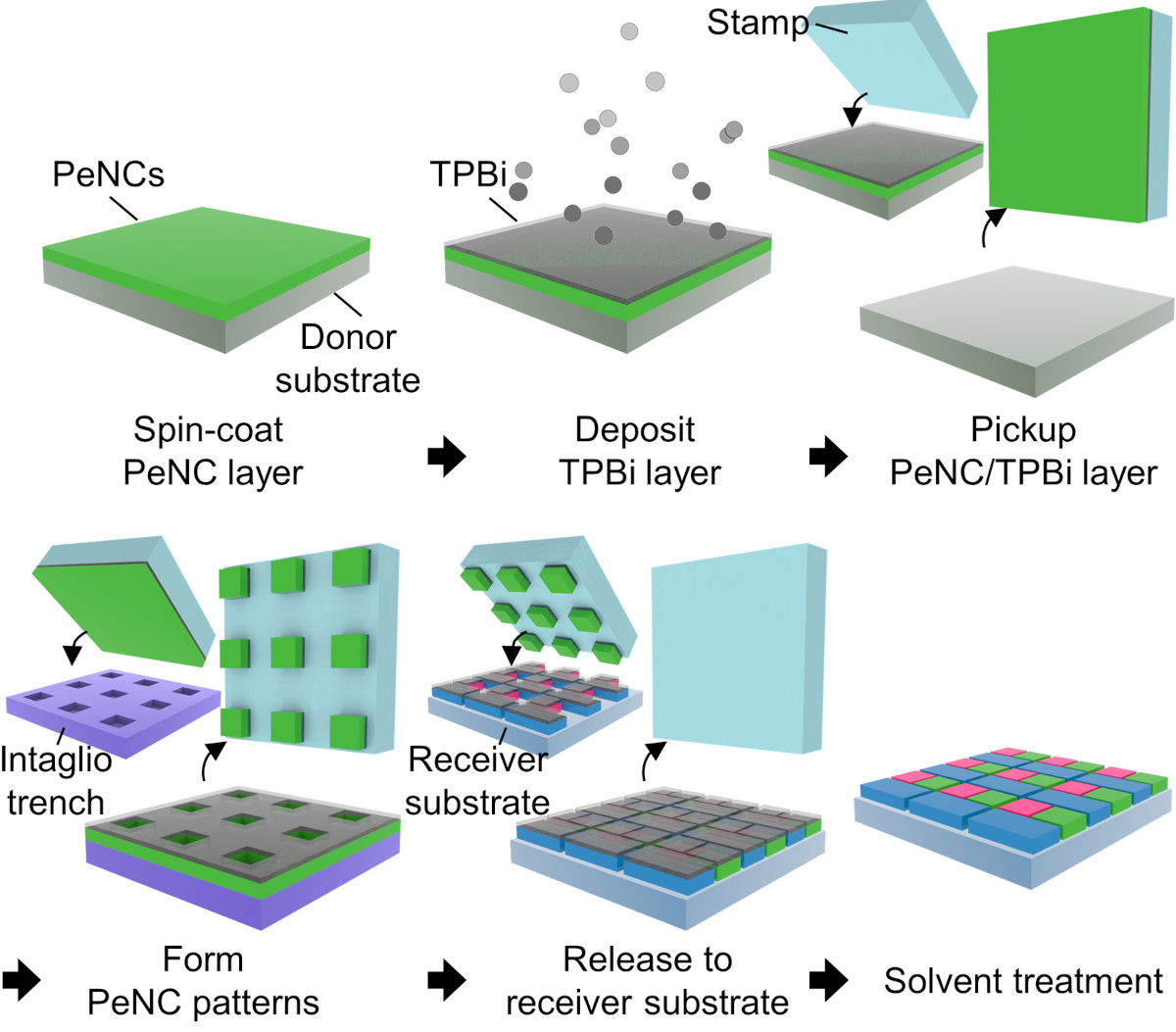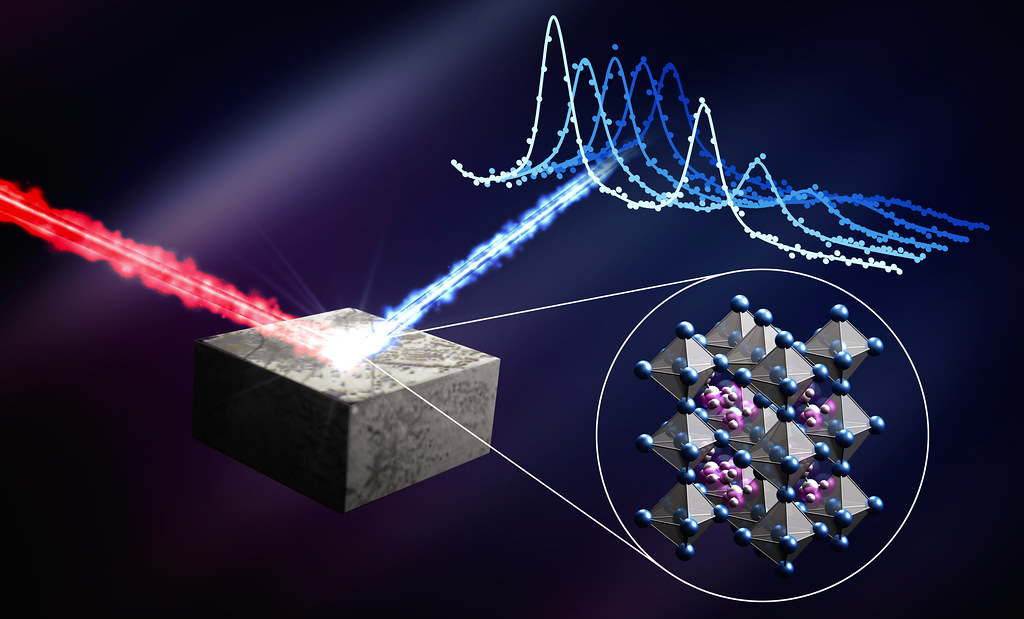Introduction to Perovskite Solar Cells
The future of energy is here, and it’s shining brighter than ever. Perovskite solar cells have burst onto the scene, capturing attention with their innovative design and remarkable efficiency in harnessing solar power. Imagine a world where clean energy isn’t just a dream but a reality that powers our homes, industries, and even electric vehicles.
That’s the promise of perovskite technology. As we delve into this exciting frontier of renewable energy, we’ll uncover how these incredible materials are transforming the landscape of solar energy harvesting and why they’re becoming increasingly vital for sustainable development. Let’s explore what makes perovskite solar cells stand out in today’s quest for greener solutions!
Advantages of Perovskite Solar Cells
Perovskite solar cells are revolutionizing the renewable energy landscape with their remarkable advantages. One key benefit is their high efficiency in converting sunlight into electricity. Many perovskite materials achieve efficiencies exceeding 25%, making them a competitive alternative to traditional options.
Their lightweight and flexible design opens up new applications, from building-integrated photovoltaics to portable energy solutions. This adaptability can lead to innovative architectural designs that seamlessly incorporate solar technology.
Moreover, production costs for perovskite cells are significantly lower compared to silicon-based systems. The ability to manufacture these cells using simple processes allows for scalability without sacrificing quality.
Additionally, perovskites exhibit excellent light absorption properties across a broad spectrum of wavelengths. This characteristic enhances their capacity for solar energy harvesting, ensuring maximum output even on cloudy days or in low-light conditions.
Comparison with Traditional Silicon Solar Cells
When comparing Perovskite solar cells to traditional silicon solar cells, several key differences emerge. Perovskite materials offer remarkable flexibility in design and application. This adaptability can lead to lightweight panels suitable for various settings.
Silicon cells have been the industry standard for decades, boasting reliability and a well-established manufacturing process. However, they generally require more energy during production. In contrast, producing Perovskite solar cells is often less resource-intensive.
Efficiency rates are another crucial factor. While silicon typically achieves around 20-25% efficiency, some advanced Perovskite designs surpass this range significantly. Their ability to absorb sunlight across a broader spectrum contributes to higher energy conversion rates.
Durability remains an area where silicon holds an advantage; it has proven longevity under diverse environmental conditions while many Perovskites still face challenges regarding stability and degradation over time. This ongoing comparison illustrates the evolving landscape of solar technology as innovations continue to unfold.
![]()
The Role of Perovskite in Renewable Energy
Perovskite materials are emerging as game-changers in the renewable energy landscape. Their unique crystalline structure allows for efficient light absorption, making them ideal candidates for solar cells. As global energy demands increase, these materials provide a promising alternative that enhances solar energy harvesting.
The versatility of perovskites is another significant advantage. They can be engineered to absorb different wavelengths of sunlight, optimizing performance across various environments. This adaptability opens doors for innovative applications beyond traditional solar panels.
Moreover, the ease of manufacturing perovskite-based solar cells means lower production costs compared to conventional options. This affordability could accelerate widespread adoption and contribute significantly to sustainable energy goals worldwide.
As countries strive to reduce carbon footprints, incorporating perovskites into renewable agendas may play a pivotal role in transitioning toward a cleaner future. Their potential impact on efficiency and scalability cannot be overstated; they represent a bright path forward in harnessing solar power effectively.
Challenges and Limitations of Perovskite Solar Cells
Despite their promise, perovskite solar cells face several challenges that hinder widespread adoption. One significant issue is stability. These cells often degrade faster than traditional silicon counterparts when exposed to moisture and UV light.
Another concern lies in the manufacturing process. The current methods can be complex and costly, impacting scalability. This poses a barrier for companies looking to produce them at a larger scale while maintaining quality.
Additionally, safety remains a question mark due to lead content in some perovskite materials. While researchers are exploring lead-free alternatives, these options sometimes exhibit lower efficiency rates.
Regulatory hurdles also exist as policymakers grapple with establishing standards for new technologies. Until these challenges are addressed, the full potential of perovskite solar cells may remain untapped.
Current Research and Developments in Perovskite Technology
Current research in perovskite technology is vibrant and rapidly evolving. Scientists are exploring new compositions to enhance stability and efficiency. By tweaking the material’s chemical structure, researchers aim to boost light absorption capabilities.
One significant focus is on incorporating nanotechnology into these cells. This approach promises improved charge carrier mobility, leading to higher energy conversion rates.
Researchers are also investigating scalable manufacturing techniques for cost-effective production. Roll-to-roll printing methods could revolutionize how solar panels are made, making them more accessible.
Collaborations between universities and industry leaders further accelerate advancements. These partnerships foster innovative ideas that push the boundaries of what’s possible with perovskite materials.
Additionally, efforts to address environmental concerns related to lead content in some perovskite formulations continue unabated. New non-toxic alternatives show promise without sacrificing performance, paving the way for broader acceptance in renewable energy markets.

Potential Future Applications of Perovskite Solar Cells
Perovskite solar cells hold remarkable promise for a variety of innovative applications. One exciting prospect is their integration into building materials, transforming windows and facades into energy-generating surfaces.
These lightweight and flexible panels can be adapted to various environments. Imagine solar power seamlessly woven into textiles or incorporated into vehicles, providing clean energy while on the move.
As efficiency continues to rise, perovskite technology could revolutionize off-grid systems. Remote areas may gain access to sustainable electricity without extensive infrastructure costs.
The potential extends beyond Earth as well. Researchers are exploring how these cells might be used in space missions, where weight and efficiency are critical factors.
With ongoing advancements, perovskites could lead the charge toward more accessible renewable energy solutions across diverse sectors. Their versatility hints at a future rich with possibilities for both urban settings and remote landscapes alike.

Conclusion: The Promising Future of Perovskite Solar Cells
The landscape of solar energy is evolving, and perovskite solar cells are at the forefront of this transformation. Their unique properties offer an exciting solution for increasing efficiency in solar energy harvesting. With their ability to be manufactured using simpler methods and potentially lower costs, they stand out as a viable alternative to traditional silicon-based technologies.
As research continues to tackle the challenges associated with stability and scalability, the potential applications of perovskite technology expand further. From powering homes to integrating into building materials, the possibilities are vast and varied.
With ongoing investments and breakthroughs in material science, perovskite solar cells could redefine how we harness renewable energy. The future seems bright for these innovative cells as they pave the way for a more sustainable world through enhanced efficiency in capturing sunlight.






